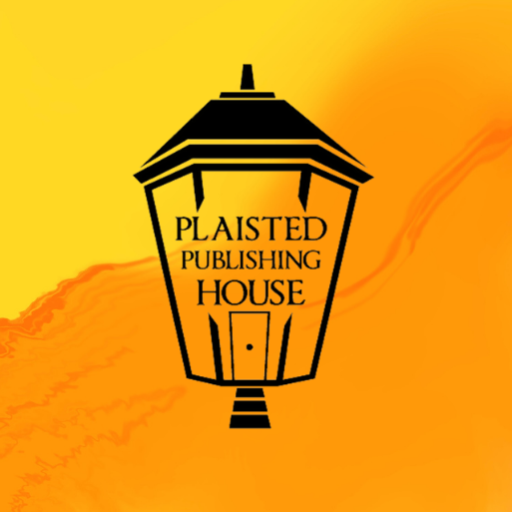Word War is BACK – Affect/Effect
With Cac, the Proofreader WORD WAR is back. I will be doing these each Tuesday, and they will be much shorter than before…at least I will attempt that! Let’s go! Affect v. Effect. Affect is ??????? a verb. It means to impact or change. Transform. “How did that affect you?” Effect is ??????? a noun,…
Read more


Recent Comments